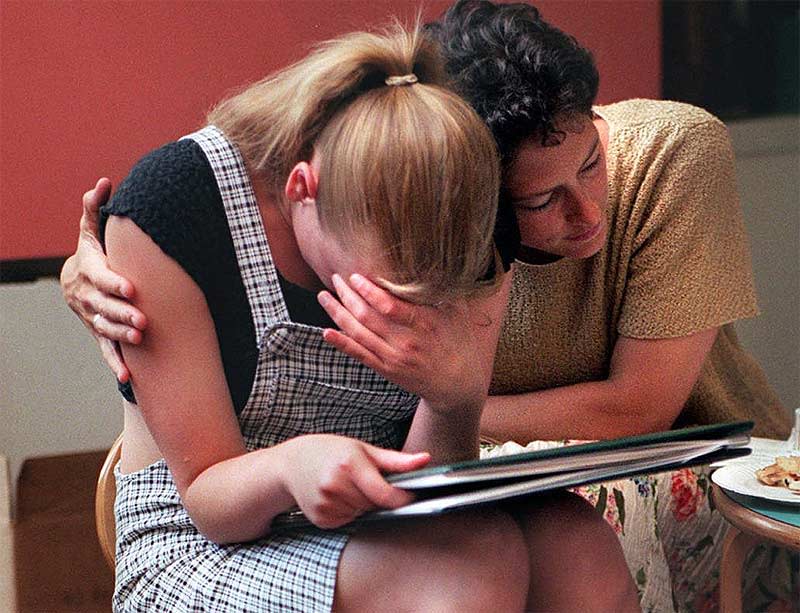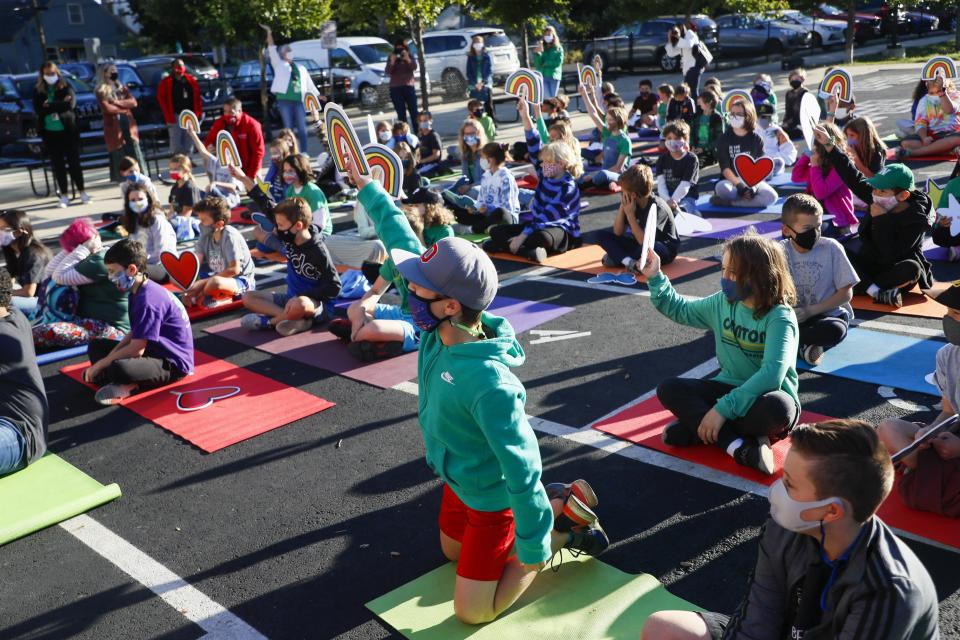66 percent of OSU students feeling burnout. Mental heath strained on all levels |Opinion
Bernadette Melnyk serves as vice president for Health Promotion, University Chief Wellness Officer and Dean, and Helene Fuld Health Trust professor of Evidence-Based Practice at the College of Nursing at The Ohio State University.

The return to in-person classes this school year has been so exciting for children, teens, educators and families. They’re glad to be back to friends, after-school activities and opportunities for growth.
But more than two years into the COVID-19 pandemic, we cannot ignore that students of all ages are dealing with very real burnout, leading to anxiety and depression that affects mental well-being and their abilities to succeed inside and outside of school.
More:Pediatric Research: Tools available for kids to cope with post-pandemic anxiety
Surveys we’ve taken among our students at The Ohio State University find that more than two-thirds report feelings of burnout.
And in a striking study just released by the Annie E. Casey Foundation, nearly one in eight Ohio children received a diagnosis of anxiety or depression in 2020, a 42% jump since 2016.
This is damage done by a mental health pandemic within the COVID-19 pandemic. Students who have juggled the pandemic, virtual classwork, illness, death and economic hardship will still feel and live with the impact of that experience; returning to a more “normal” classroom won’t erase that trauma.
That’s why we - university leaders, parents and educators across all levels – must be proactive in not only anticipating the difficulties our students face, but also prepared with resources and tactics to help them recover, rejuvenate and thrive.

A recent study by The Commonwealth Fund showed that 50% of mental health problems emerge in people by the age of 14. So, across the spectrum, institutions of primary, secondary and higher education must invest in and commit to cultures of wellness that prioritize students’ holistic well-being.
This does not necessarily require massive funding, but it is a necessity – not a nicety – to offer evidence-based resources that can provide support. That could include mindfulness education, gratitude practices or even scheduled breaks that allow students to recover between their difficult or intense classes.
More:How to submit guest opinion columns to the Columbus Dispatch
The tone and focus on wellness must be set from the very top of an institution and include empowering and equipping educators with the basic tools, resources and knowledge to recognize when a student may need help, so they know how to talk with those students and get them the proper support.
More:7 in 10 parents worry about kids' mental health. Resolving the crisis is crucial. |Opinion

The onus is not only on the schools. Parents and students can empower themselves by taking an active role in prioritizing and practicing wellness, including:
having open, non-judgmental conversations within your families about burnout, anxiety, depression and mental health.
recognizing when you need help, because it is a strength, not a weakness to admit we’re struggling.
seeking out resources within schools or nearby that can help you or a family member better cope.
getting involved in school activities that connect students with others with similar interests.
building coping and resiliency skills as a family, such as those created by the National Academy of Sciences (found at www.go.osu.edu/youthemotionalwellbeing). Students and parents alike have their struggles, and parents can be partners and role models for their children in managing this stress.
There is no single solution to this crisis that the American Academy of Pediatrics now considers a national emergency. It is a topic we must address with our children and families and recognize that mental illness should be treated, not shamed. As part of that effort, Ohio State is a proud partner of the Ohio Opioid Education Alliance, and we encourage all Ohioans to Beat the Stigma associated with mental health.
More:Educators say over half of low-income students struggling with mental health issues
Thankfully, more and more leaders, institutions and families acknowledge that these are difficult times for our children. It is beyond time to implement the programs and evidence-based practices that can help our students succeed, no matter where they are in their academic journeys.
Bernadette Melnyk serves as vice president for Health Promotion, University Chief Wellness Officer and Dean, and Helene Fuld Health Trust professor of Evidence-Based Practice at the College of Nursing at The Ohio State University.
This article originally appeared on The Columbus Dispatch: Opinion: How has the pandemic affected students' mental health?

